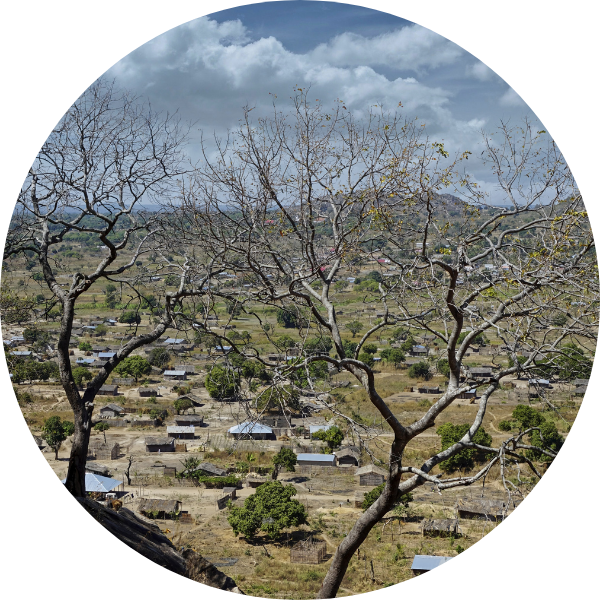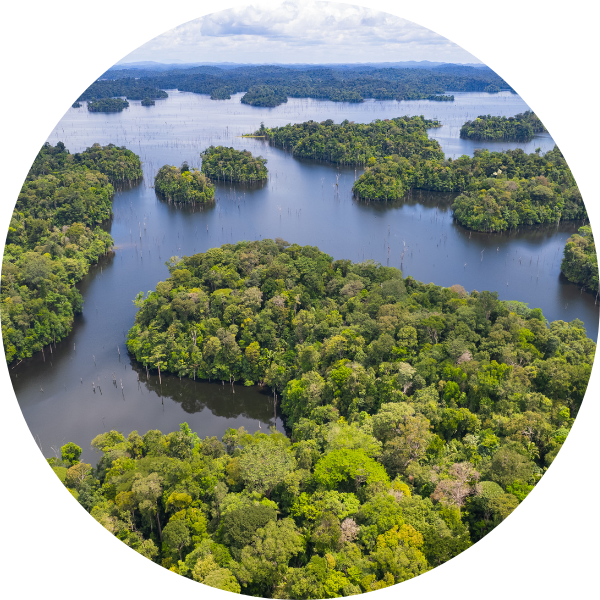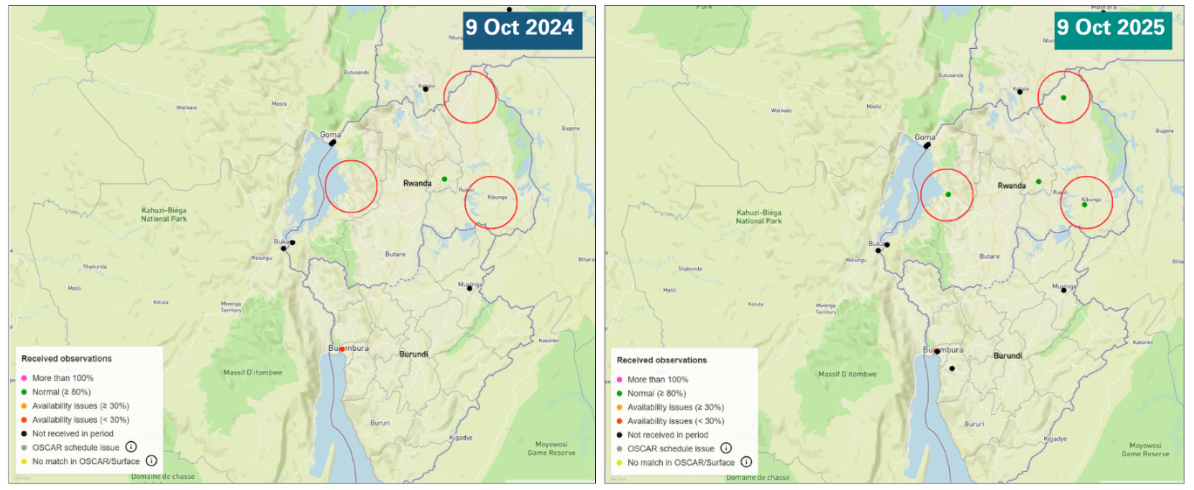SOFF Action Report 2025
Time to scale up
The report highlights the progress of the Systematic Observations Financing Facility (SOFF) and its partners in closing the basic weather and climate data gap. It demonstrates the importance of this work and outlines the path forward through innovative finance solutions such as a new Impact Bond.
Together for impact
Reliable surface observations remain the invisible ingredient of every forecast, early warning and climate response, yet in many developing countries these systems are critically under-resourced. The consequences are global – weakening resilience, threatening economies and putting lives at risk.
The Systematic Observations Financing Facility (SOFF) was established in 2022 by WMO, UNDP and UNEP at the request of 193 governments to help developing countries meet the requirements of the Global Basic Observing Network (GBON). Its innovative operational model embodies the COP30 Mutirão principle – countries and partners working together to deliver a global public good.
Remarkably quickly, the Facility has already started providing results-based grants and technical support to over 60 countries. SOFF’s track record has demonstrated proof of concept – delivering with speed and low cost.
Yet urgent needs remain, and demand is rapidly growing. To deliver and sustain results, more countries, businesses and partners will need to join the SOFF coalition, bringing resources and expertise to close the weather and climate data gap for the long term.
Now is the moment to scale up – transforming a proven model into global impact that powers stronger early warning systems, saves lives, protects livelihoods and safeguards economies through better data.
A new climate fund
IN DEMAND
support
SOFF support
Responsive
Operational
Inclusive
Potential impact
climate data sharing
benefits
critical sectors
“Belgium calls on governments, philanthropies, development banks, and the private sector to join this collective effort — to enlarge the SOFF funders’ base. Together, we can close the weather and climate data gap.”
Ambassador Willem Van de Voorde
Special Envoy for Climate & Environment of Belgium and SOFF Steering Committee co-chair
Scientific proof
The ECMWF SOFF Impact Experiments showed that adding surface and upper-air observations in data-scarce regions reduces forecast uncertainty by more than 30 percent in Africa and by up to 20 percent in the Pacific Islands. Upper air observations in the tropics proved especially powerful, with measurable improvements seen within just 12 hours. The conclusion is clear: more data means better forecasts — with benefits felt far beyond national borders.
A dangerous global gap
Yet the regions where these gains matter most remain critically under-observed. In Small Island Developing States and Least Developed Countries, only nine percent of required surface stations and 13 percent of upper-air stations are reporting as agreed internationally. The 39 fragile and conflict-affected states together have only seven reporting surface stations. By contrast, Germany alone has more compliant stations than the entire African continent. These blind spots put resilience, livelihoods and economies everywhere at risk.
Satellites cannot do it alone
Satellites now provide around 85 percent of the data feeding into forecasting models and are indispensable. But they are not self-sufficient. Satellite depend on surface observations for calibration and validation. And ECMWF experiments confirm that surface observations have outsized contributions to forecast skill, with their removal increasing forecast errors significantly. Modest investments in ground-based stations in underserved regions yield outsized global returns.
From science to sustained solutions
Closing the weather and climate data gap requires more than building infrastructure — it demands a sustainable system. This is what the Systematic Observations Financing Facility (SOFF) provides. Its three-phase model ensures lasting results:
- Readiness: assessing gaps and preparing GBON compliance plans
- Investment: grants to build or rehabilitate networks; and build human and institutional capacity
- Compliance: long-term, results-based support to keep data flowing
This operational model transforms science into action, ensuring that every country can contribute to, and benefit from, stronger global forecasting. ECMWF provides the evidence. SOFF provides the mechanism. Together, they make the case: closing basic the weather and climate data gap is one of the most cost-effective global investments in resilience.
Readiness: building the foundation
As of October 2025, 61 countries have entered the Readiness Phase, actively supported by 20 advanced meteorological services as Peer Advisors and nine UN organizations and multilateral development banks as Implementing Entities. Most countries have already assessed its national observation gap against WMO’s June 2023 global baseline and developed a contribution plan to close it sustainably. At the same time, the Country Hydromet Diagnostics tool was applied to assess the capability of national services to observe, forecast and deliver weather and climate information to users.
Investment: moving to delivery
Momentum is accelerating. Eighteen countries have advanced to the Investment Phase. Work is under way to install new stations, rehabilitate existing ones and strengthen national capacities. Crucially, data from SOFF-supported stations are already flowing into WMO monitoring systems, demonstrating proof of concept for SOFF’s results-based approach.
A growing global impact
These early results show strong national ownership and a collective commitment to the global public good of reliable weather and climate data. As the portfolio expands, SOFF is demonstrating that its model can deliver sustained progress — building stronger national services, closing critical data gaps, and reinforcing the foundation of global forecasting.



















